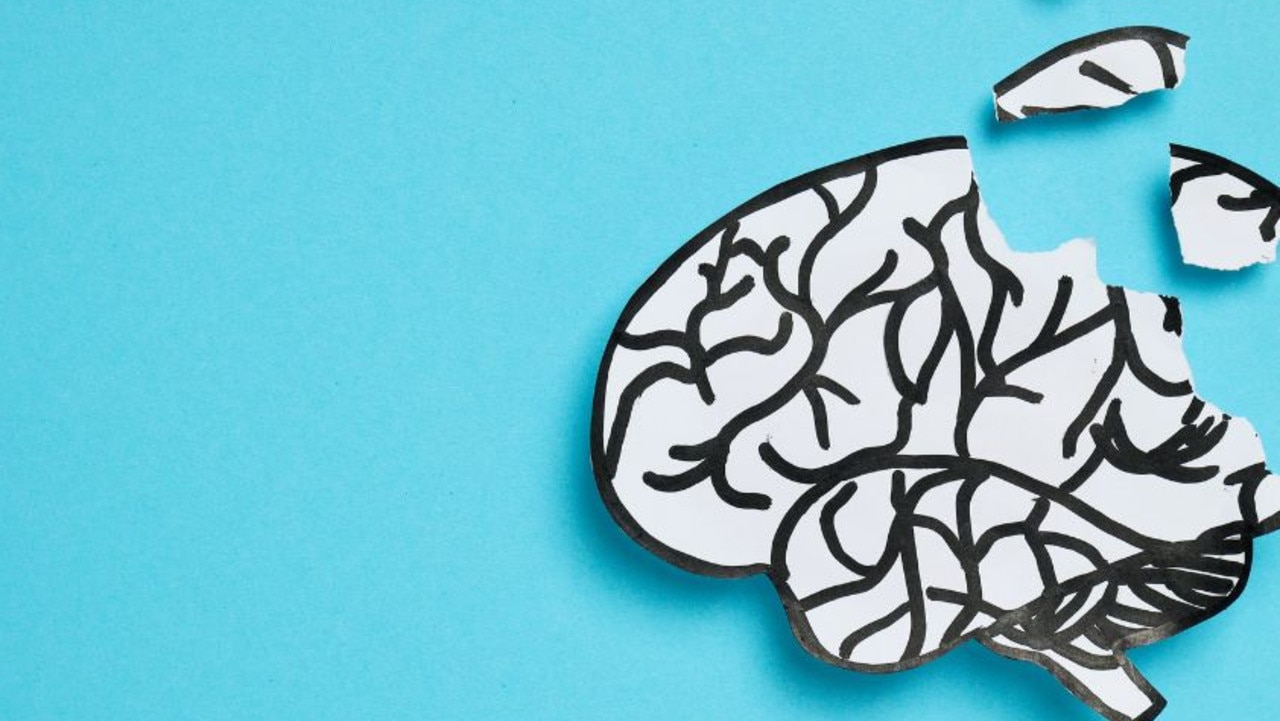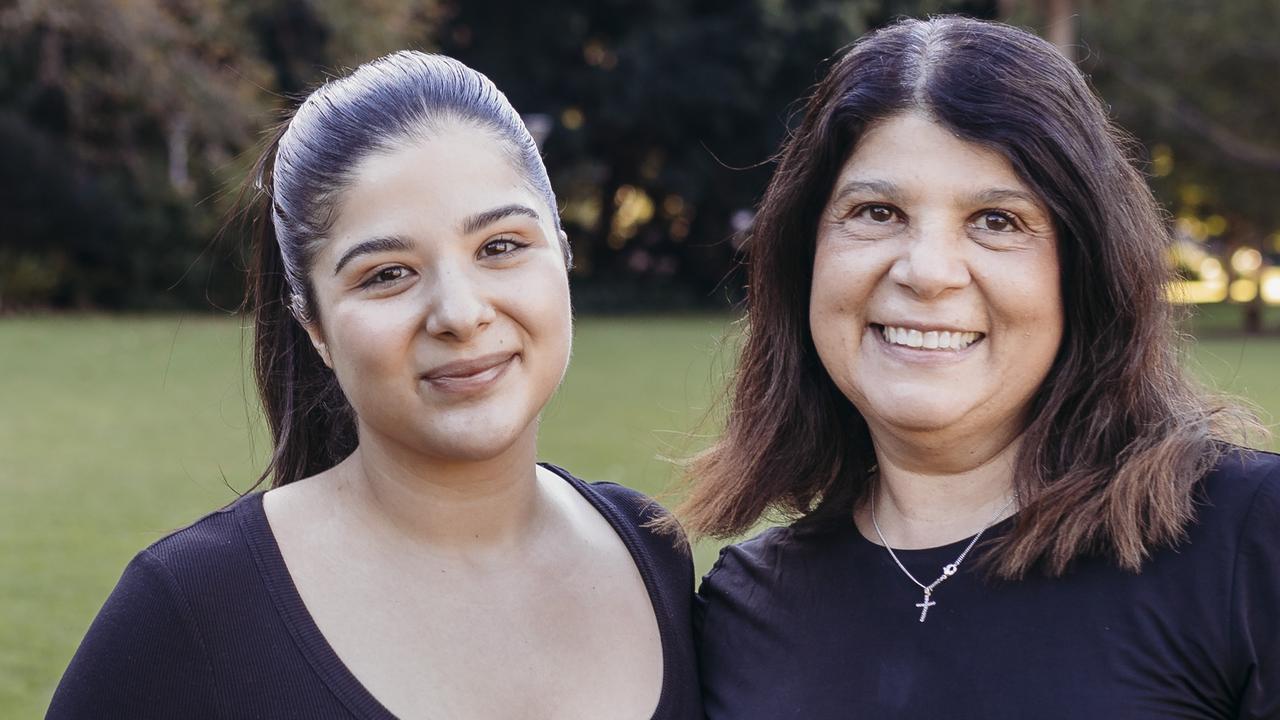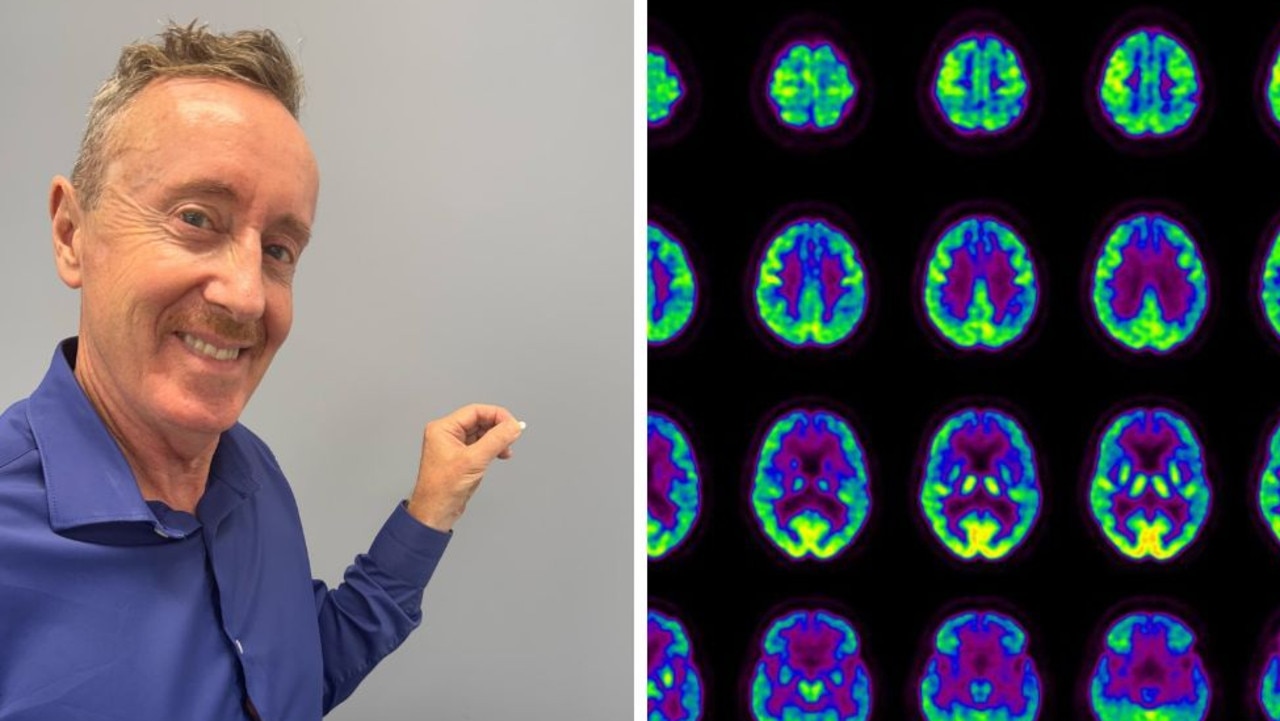Where Aussies have higher risk of developing dementia without ‘significant’ intervention
Startling new electorate data has revealed where Australians will develop dementia, as experts plead for more support to address the often preventable illness. See if it’s near you.
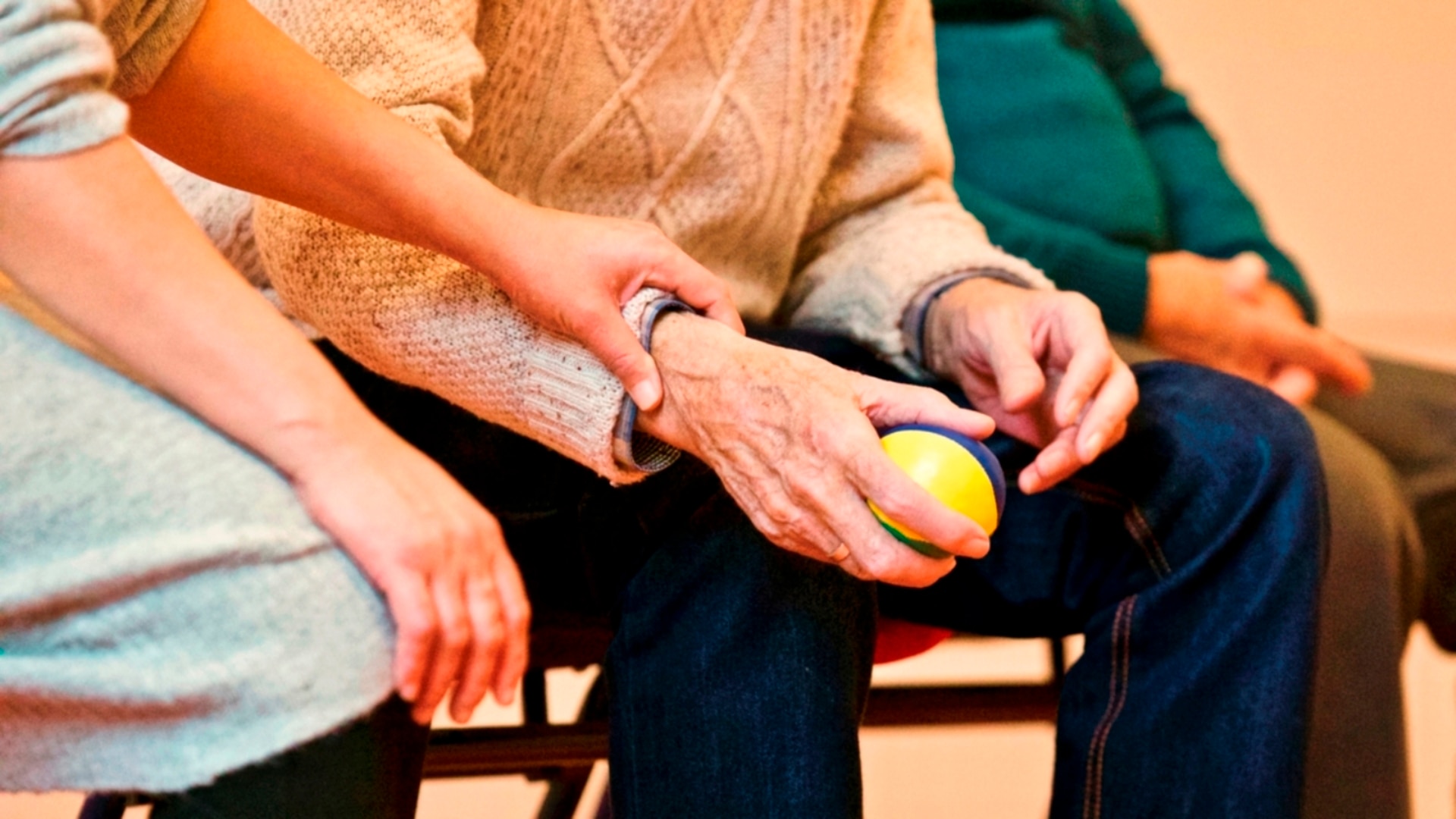
Dementia
Don't miss out on the headlines from Dementia. Followed categories will be added to My News.
The number of Australians with dementia will double over the next three decades to more than 800,000 people without “significant” intervention, as experts plead for more support to address the often preventable illness.
Stigma, fear and a lack of understanding about how dementia can be avoided or progression slowed as Australia’s population ages are behind the surge in people suffering from the disease by 2054, which has been forecast by Dementia Australia.
NSW coastal areas including Port Macquarie, Coffs Harbour, and Batemans Bay, as well as Bundaberg in Queensland, the Mornington Peninsula in Victoria and Adelaide’s eastern suburbs are currently ranked among the highest for prevalence of dementia in the country.
These same regions are expected to remain dementia hotspots in 30 years’ time, with the disease rates also climbing dramatically in Melbourne’s eastern suburbs, Perth, Queensland’s Sunshine Coast and regional Victoria.
Nationally an estimated 433,300 Australians are living with dementia, with the federal government now facing calls to fund a comprehensive awareness campaign on brain health as without “significant intervention” that figure is forecast to climb to 812,500 by 2054.
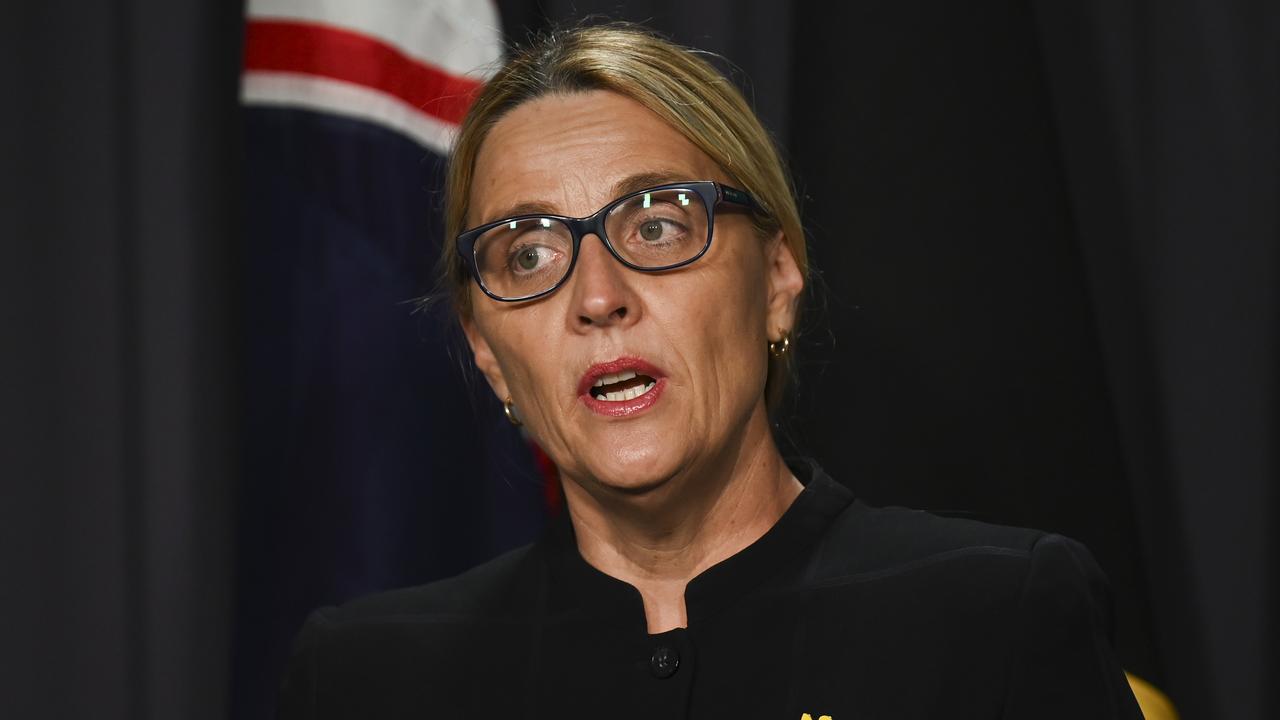
Dementia Australia chief Professor Tanya Buchanan said research had consistently showed Australians “don’t understand” the disease, nor that with interventions in their middle age the risks of developing it can be significantly reduced.
“Dementia is just a few hundred deaths away from being our leading cause of death for all Australians after heart disease, and it is currently the leading cause of death for Australian women,” she said.
“And yet, as a condition, it is very poorly understood.”
Prof Buchanan said stigma and fear are two key factors stopping Australians from engaging with their brain health.
“Dementia is not a normal part of ageing,” she said.
“We’d like to start the conversation with people in their 40s, 50s and upwards, because the risk factors occur across our life, they’re not something that we get to in our older years.
“They include things like physical activity, not smoking, eating a healthy diet, but also things like making sure that our hearing and vision is good and that we remain socially connected.”
The federal electorate of Lyne in NSW is ranked the worst for the brain disease in Australia, with an estimated 4557 people living with dementia.
Hinkler in central Queensland is the worst ranked for that state, with about 4422 people living with dementia, Flinders is Victoria’s hotspot with 4285 sufferers and the seat of Sturt in Adelaide is the most impacted in South Australia with 4236 people estimated to have the disease.
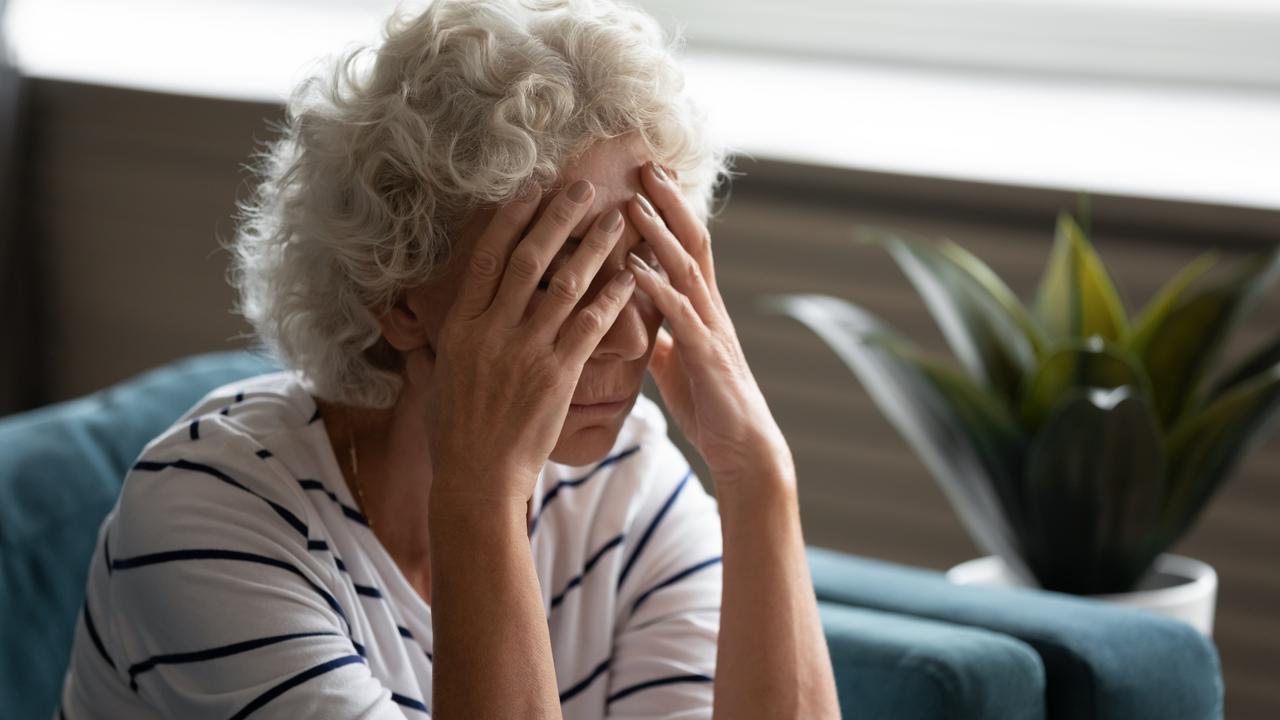
Dementia Australia research has found that by 2054 rates of dementia will on average double across the country, with Hinkler becoming the electorate with about 8379 sufferers.
The Melbourne electorate of Chisholm, which includes suburbs like Ashwood, Box Hill, Glen Waverley and Notting Hill, will surge to become the second biggest dementia hotspot in Australia with an estimated 8354 sufferers.
Flinders will climb to third nationally with 8223 people living with dementia, while Menzies, which covers the Melbourne outer suburbs of Doncaster, Croydon Hills and Templestowe, will be ranked fourth worst for detention in 2054.
The NSW coastal electorates of Cowper, Lyne, and Richmond in the north, and Gilmore in the south, will round out the top 10 worst areas for dementia nationally.
More Coverage
Originally published as Where Aussies have higher risk of developing dementia without ‘significant’ intervention





